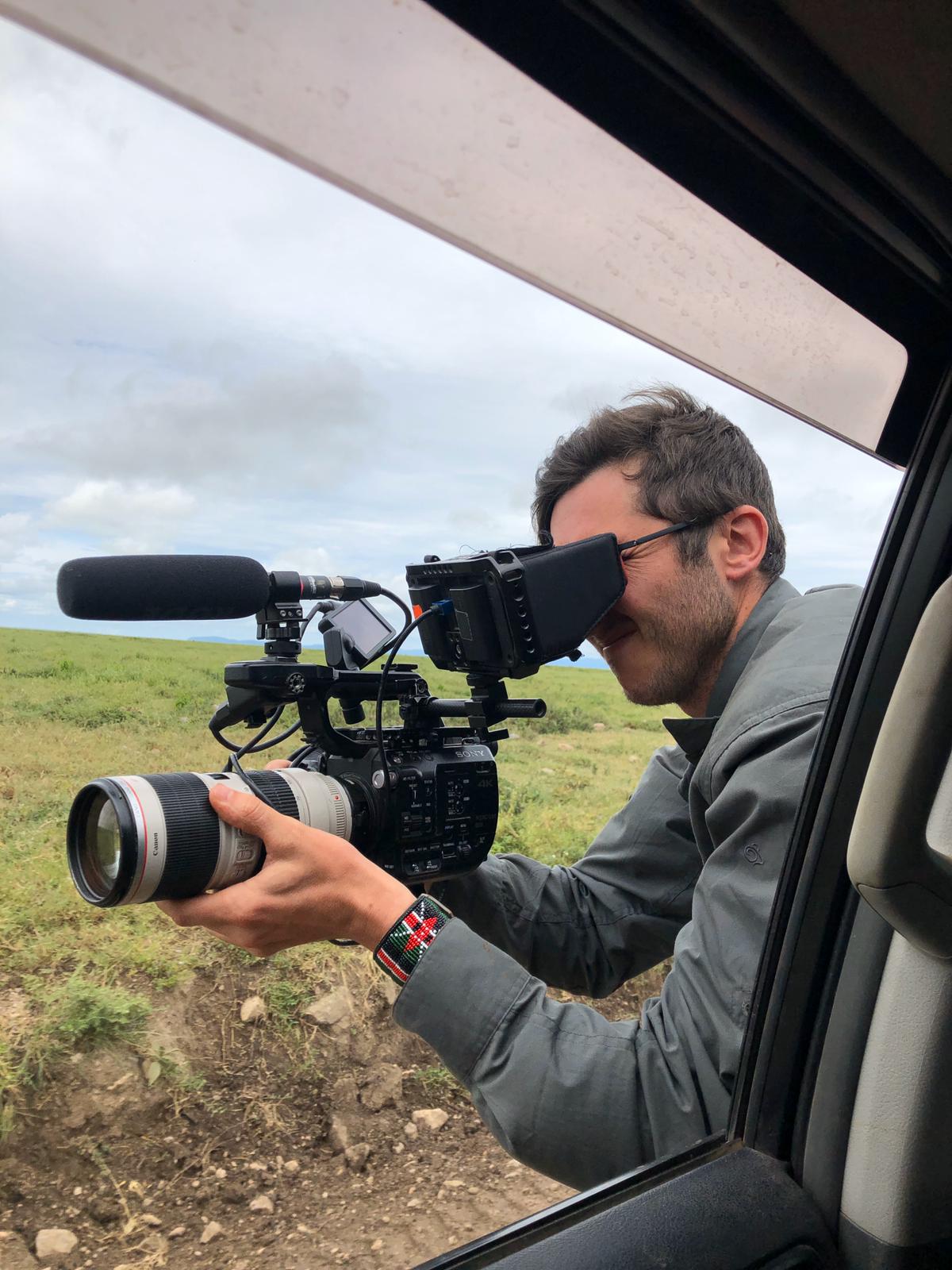Training videos are an underused medium, probably due to those dated, cheesy workplace training videos from the 80s and 90s that are now used exclusively for parodies. The truth is, however, a training video done right can be an invaluable resource for your business, and one that will save you precious time whilst ensuring a level standard of training for all your employees, no matter when they join the workforce.
The information from a training video is more likely to stick in your employees’ minds than if they are just being talked at, so if you are looking to implement video into your employee training strategy, here’s how to shoot a training video.
Plan the video
Pre-production is just as important as the shoot itself, and any corners you cut in the planning stage will come back to bite you later on, probably costing you time and money in the process. You should have a completed script and a storyboard before you start shooting so that you aren’t just making it up as you go along, because that is how you go over schedule and over budget.
Think about all the things that need to be included in the video, both in terms of written information and demonstrations, and then work out the most effective way to display those on screen.
Keep it concise
If your training video is too long, your employees will lose interest and, even if they’re still watching at that point, they won’t be taking much in. Worse yet, if all your employees take away from the film is that it was boring or too long, they probably won’t remember the information they did learn.
Ask yourself what the essential information is that your employees need to learn, and don’t embellish on minor points. You may be able to trim the film down in the edit, but keep in mind what can be cut as early as the scriptwriting process. If it isn’t necessary, leave it out. Even if you already know how to shoot a training video, brevity is a skill of its own.
Don’t overdo the visuals
The key advantage of video is that ideas can be communicated visually, but overdoing the visuals can be distracting. If you have some simple key points that need to be remembered, then it is best to overlay them in text form over the visuals or have them appear on a blank frame on their own.
Special effects and graphics can be overdone very easily and if the screen is too busy, your message will be lost. Just like keeping your film concise, ask yourself whether all your visuals are necessary for helping your employees learn.
Include close-ups
Close-ups are a great way to show the details of a demonstration. For example, if your video is showing your employees how to operate a piece of machinery, then close-ups from multiple angles will be much more instructive of the intricacies of the machine and in how to avoid user error or injury.
In addition, if you can shoot the operation of a machine from the angle that your employees will see it from, this will help them remember the instruction when they come to use it.
Get the help of professional filming and editing services
To make sure your video is the best it can be, you should enlist the help of a professional filming and editing company who know how to shoot a training video. This doesn’t mean you have to give away creative control of your project, but rather allows you to hand off the technical responsibilities to the experts.
Without experience, correct handling of camera equipment and editing software will be, at best, a huge time sink whilst you learn the ropes. It might even result in an unprofessional and ineffective training video.
Professional filmmakers will also be able to assist you in the planning phase, should you need it, giving you advice on how best to translate your ideas to the screen, as well as working out any logistical issues such as locations, props, and actors.
So, those are our tips on how to shoot a training video. Ultimately, the type of video you are making will dictate a lot of the choices you make. A video demonstrating the correct use of machinery will be fairly straightforward as there will be a single right way to do it, On the other hand, a video that focuses on interacting with clients or customers will be more open, offering guidelines or suggestions and reinforcing the brand’s ethos rather than a strict ‘how-to’ format.
If you need help with shooting or editing your employee training video, feel free to get in touch with us to see how we can help.
